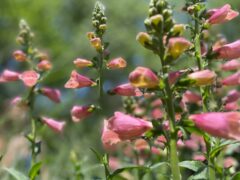
Arctic Fox™ Rose foxglove
Digitalis hybrida
This beautiful hybrid perennial foxglove offers winter hardiness for northern growers and summer-long flowering. A … Continued
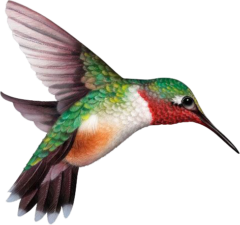 Hummingbirds, bees and butterflies are well-known pollinators, but there are thousands of unsung pollinator heroes, including moths, wasps, flies, and beetles, many mammals, birds, and reptiles, who also take on the job.
Hummingbirds, bees and butterflies are well-known pollinators, but there are thousands of unsung pollinator heroes, including moths, wasps, flies, and beetles, many mammals, birds, and reptiles, who also take on the job.
Pollinators move from plant to plant, fueling up with pollen and nectar from blooming trees, shrubs, perennials, annuals, vegetable plants, and herbs. As they move, the pollinators transport and deposit pollen, fertilizing plants and allowing them to reproduce.
Pollinator plants can be native and non-native, but not all flowering plants are equal when it comes to providing the highest quality protein-rich pollen. Many hybrids don’t even produce pollen at all. The following list includes pollen-rich plants to include in your garden to provide pollinators with food.
Local butterfly expert Lenora Larson has created these informational handouts. You can download them here!
• Butterflies: Flying Flowers in your Garden!
• A Vital Connection: Native Plants and Butterflies
• Long Lips Farm Caterpillar Foodplants
• Butterfly Bartending: Nectar Flowers
• Long Lips Farm: Selected Butterfly Nectar Flowers
• Bee Friendly: Plants for Bees and Other Pollinators
Since 1970 the population of North American birds has dropped nearly 30% — almost three billion birds have vanished from our forests, grasslands, and backyards in less than a human lifetime. It’s a chilling fact that makes it clear that we must act as individuals to help ensure their survival.
Most importantly, ninety-six percent of all terrestrial bird species rear their young on insects so it is also important to grow plants that feed insects to provide a well-rounded habitat in your garden.
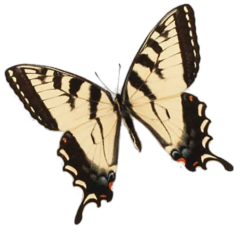

Digitalis hybrida
This beautiful hybrid perennial foxglove offers winter hardiness for northern growers and summer-long flowering. A … Continued
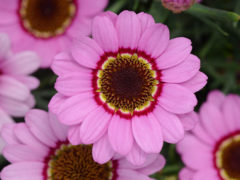
Argyranthemum
Masses of beautiful yellow flowers at the ends of the stems from early summer to … Continued
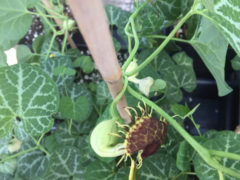
Aristolochia fimbriata
Small rounded leaves are highlighted with striking silver veining and covered all summer with 1″ … Continued
Aristolochia macrophylla
An eastern American native deciduous, woody, climbing vine that grows rapidly to 20-30′. This heirloom … Continued
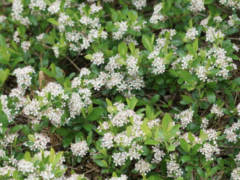
Aronia melanocarpa Ground Hug™
Ground Hug™ Aronia is a tough native selection chosen for it’s low-branching form that grows … Continued
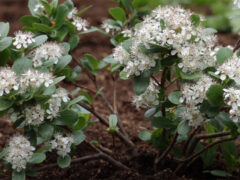
Aronia melanocarpa 'Low Scape Mound’
Low Scape® Mound Chokeberry provides season-long beauty in a hardy, compact shrub that grows almost … Continued
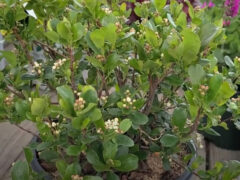
Aronia melanocarpa 'Low Scape Snowfire'
This beautiful woody shrub supports local pollinators and wildlife. Blanketed with small white blooms in … Continued
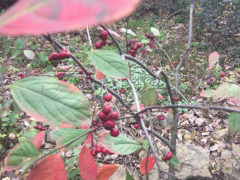
Aronia arbutifolia var. ‘Brilliantissima’
Aronia arbutifolia is a deciduous, multi-stemmed shrub native to both wet and dry thickets in Eastern … Continued
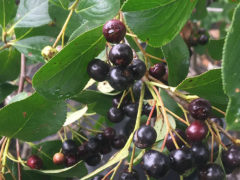
Aronia melancarpa var. 'Elata’
An open, upright, deciduous shrub that typically grows 3-6’ tall. Autumn berries and purple-red foliage … Continued
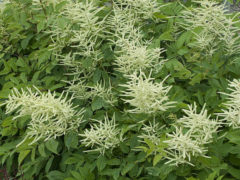
Aruncus dioicus ‘Child of Two Worlds’
This native plant grows in moist woodlands. A tall, bushy, plant typically with ferny, dark … Continued
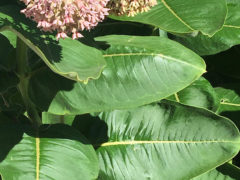
Asclepias syriaca
Common milkweed produces dusty pink flower clusters in mid-summer atop large, glossy leaves that resemble … Continued
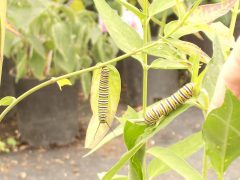
Asclepias incarnata 'Ice Ballet'
Clusters of white blooms, from mid-summer to autumn are nectar-rich, attracting butterflies galore. As the … Continued